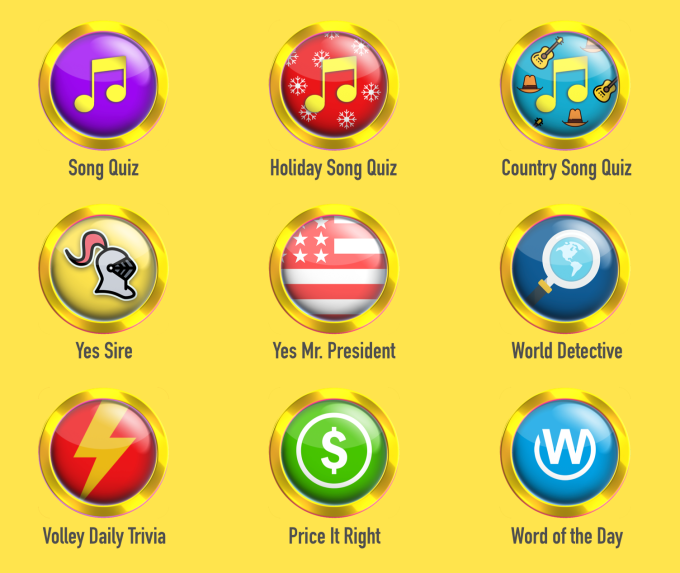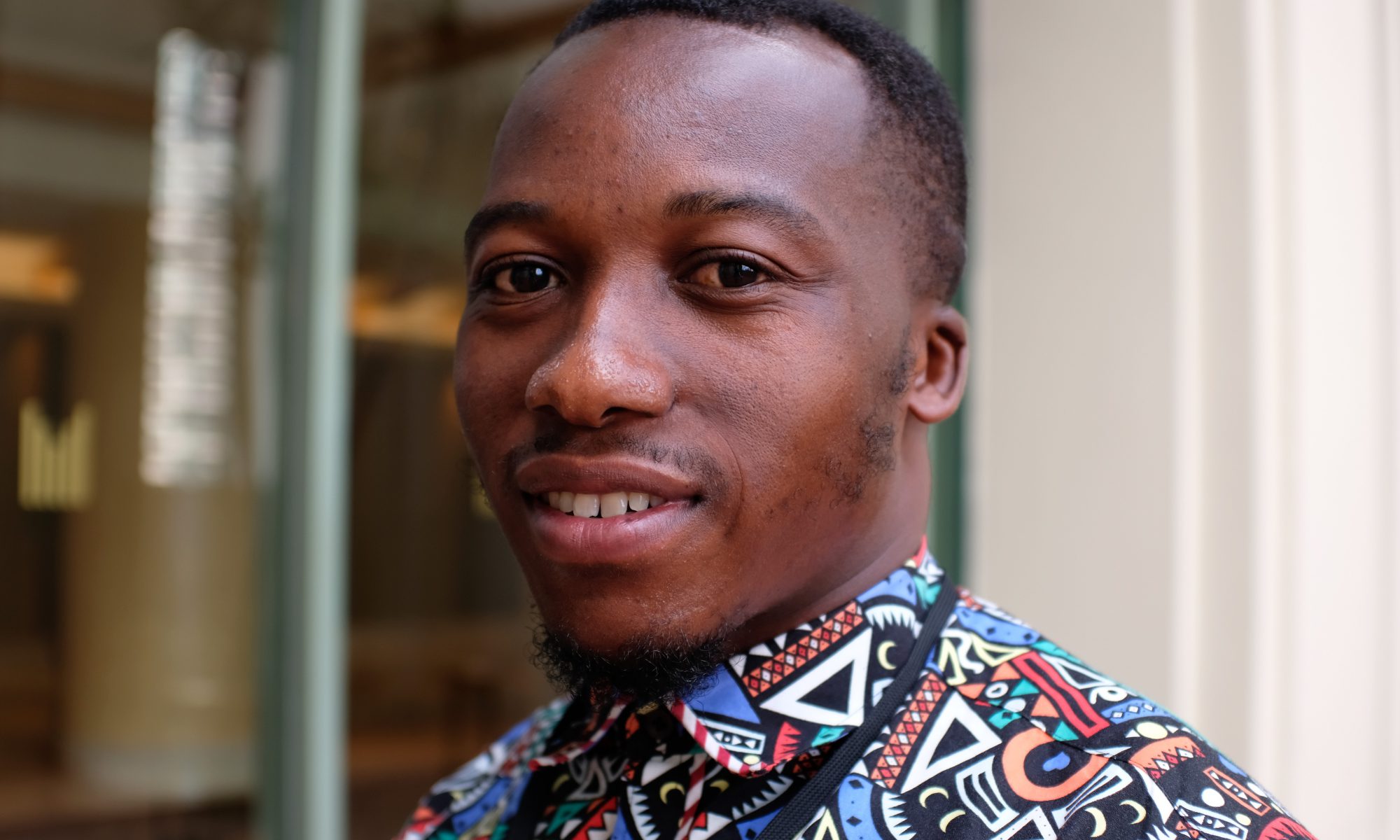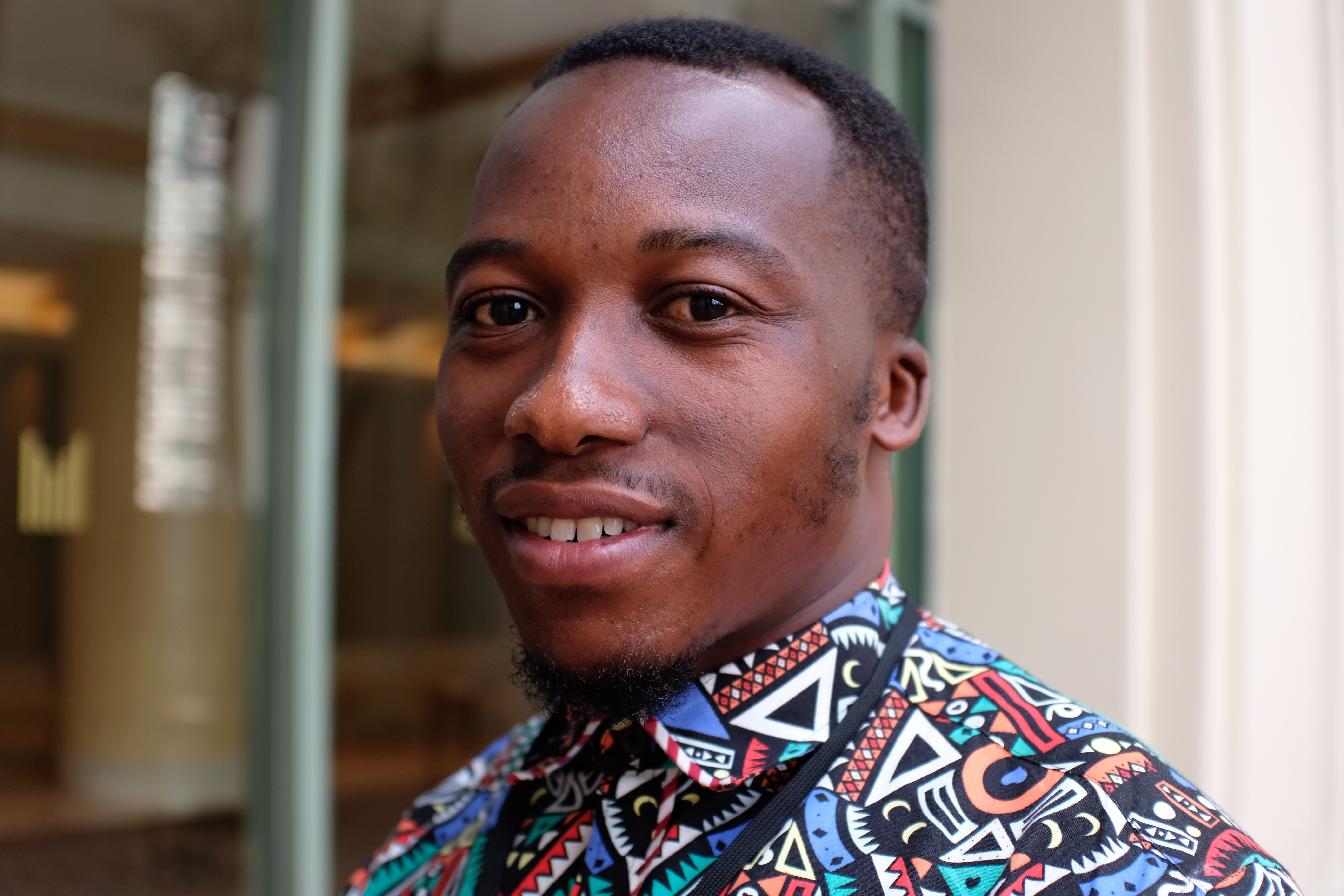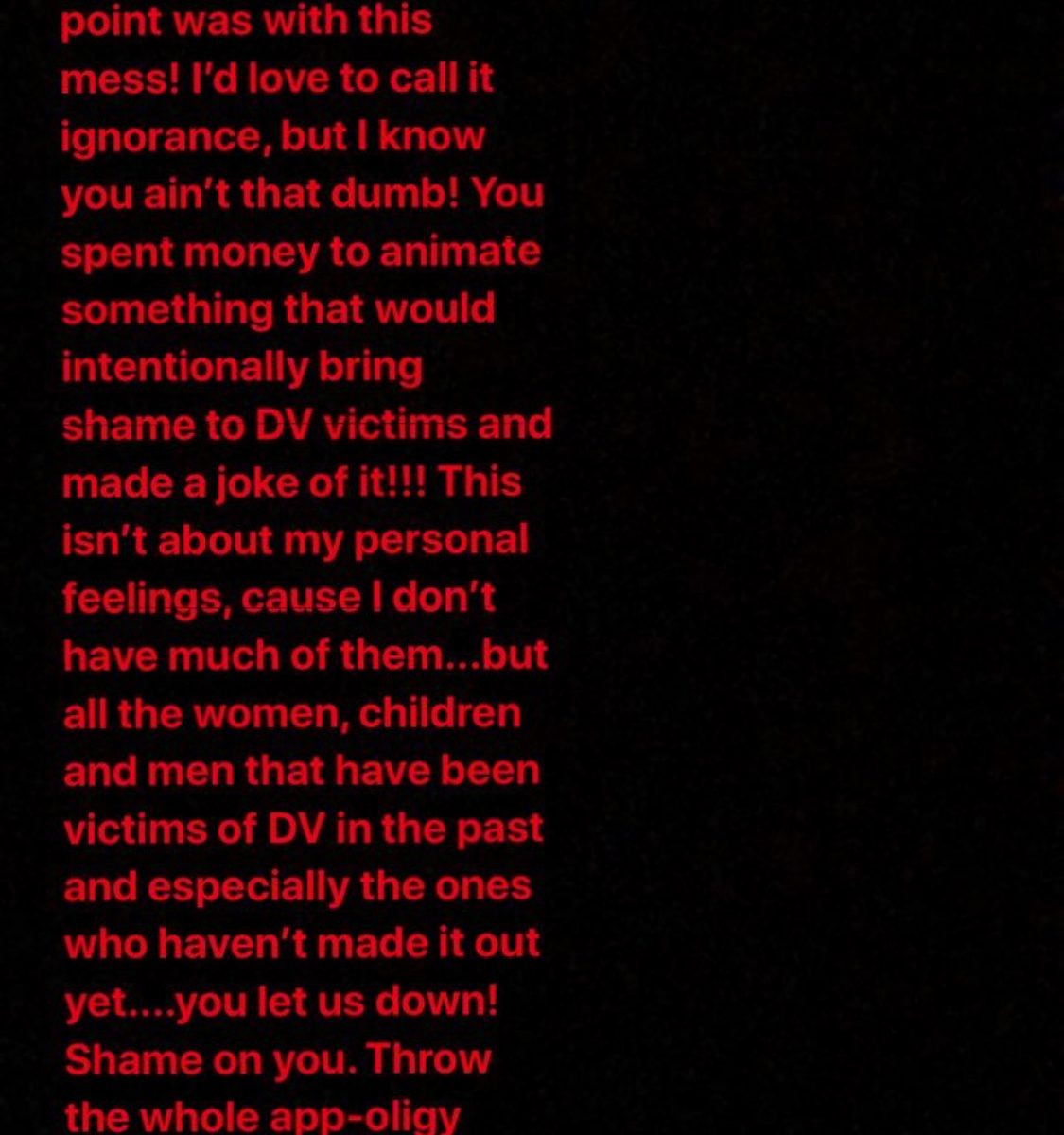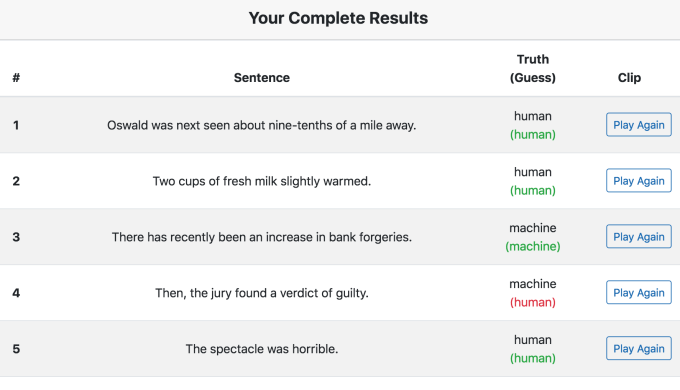Lightning Labs, a young, Bay Area-based startup, is trying to make it easier for users to send bitcoin and litecoin to each other without the costly and time consuming process of settling their transactions on the blockchain.
It has investors excited about its work, too. The company is announcing today that it has raised $2.5 million in seed funding to date from a kind of list of big names in payments and beyond, including Square and Twitter cofounder Jack Dorsey, Square exec Jacqueline Reses, serial-founder-turned investor David Sacks, Litecoin creator Charlie Lee, Eventbrite cofounder Kevin Hartz, BitGo CTO Ben Davenport, and Robinhood cofounder Vlad Tenev, along with The Hive, Digital Currency Group, and others.
In an enthusiastic tweet earlier today, Sacks characterized the company as “one of the most important projects in crypto overall.”
Why and how does it work exactly? For starters, Lightning Labs works off Lightning Network, a protocol that’s sometimes called the second layer of bitcoin. (Think of it a little like HTTP.) Boosters of this newer layer, including Lightning Labs, see it as a way to exponentially boost the number and speed of transactions of the bitcoin blockchain without increasing the size of blocks — batches of transactions that are confirmed and subsequently shared on bitcoin’s public ledger.
It’s all a little confusing to people still trying to get a handle on how the blockchain works (including yours truly), but Lightning Labs essentially aims to let two or more people — and eventually machines — create instant, high-volume transactions that still use the underlying blockchain for security. How: they assign funds on the blockchain into an entry that requires both to sign off on what they plan to spend. Say this is $20. After that transaction is recorded, they can transact that amount of money between each other as many times as they want. If they want to change the amount of that spend, they just update the entry on the blockchain.
If you’re wondering whether there’s room for grift if these transactions move further from the blockchain, so were we. But one of the core tenants of Lightning Labs is that it allows you to do away with counter-party risk. You don’t have to trust someone you are transacting with because — ostensibly, anyway — no one can steal your cryptocurrency.
First, a so-called cryptographic “proof” is created when users initially broadcast that first transaction (and updated versions of it) to the blockchain and that proof ensures that if one party tries to steal from another, not only will be incapable of doing so but as a penalty for trying, the thief’s currency will be awarded to the person they were trying to swindle.
As for people who try hopping offline in the middle of a transaction, again with the aim of stealing someone else’s cryptocurrency, there are separate safety measures in place in the form of time-out periods that, when they expire, ensure that the currency sender gets back his or her money. The blockchain acts as a kind of unbiased arbiter.
Lightning Labs isn’t the only outfit that has sprung up around creating these contracts, but it’s the furthest along, suggests cofounder and CEO Elizabeth Stark, who says more than 1,800 developers are part of a Slack channel and that thousands of volunteers helped her seven-person team find glitches in the alpha version of their open-source software.
Their help enabled them to, starting today, release a beta version that’s open to anyone, though it’s only truly developer friendly at this point. (You have to write command code to use it. Stark says a much friendlier user interface will be available down the road.)
Stark also suggests that because the beta version is just being released that people only transact with the amount of money they might carry in their wallet. In fact, there are limits on how much you can transact using its software, which Stark says is less to protect users from theft than from them “putting their life savings in bitcoin.” (The presumption: that people will start using bitcoin thanks to the Lightning protocol, because it will let them transact far more quickly and easily in tiny amounts than is possible today.)
Finally, for now, Lightning Labs — which is enabling people to transact with bitcoin and litecoin for now — is available on desktops only, though a mobile version is coming.
We asked Stark yesterday about the origin of the company. A former lecturer at Stanford and Yale who taught about digital copyrights, she said she realized in 2016 that if bitcoin was going to be “used by the entire world, it couldn’t happen on blockchain.” Like a lot of people, too, Stark says she got excited by the prospect of micropayments, including for artists and musicians.” When she edited a paper about the Lightning protocol and realized it might be possible for people and computers to send high volumes of small payments — think thousands if not millions, to each other — for there to be a genuine currency of the web, she suggests she jumped in with both feet with cofounder and CTO Olaoluwa Osuntokun.
“He’s the genius behind our work here,” she says of Osuntokun, who has two computer science degrees from UC Santa Barbara and who graduated in 2016.
To learn more, you might enjoy this talk that Stark gave on the importance of the layers that Lightning Labs and others are building atop the blockchain.

Source: Tech Crunch


